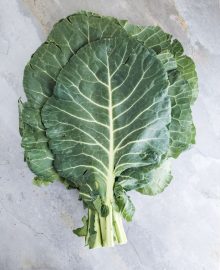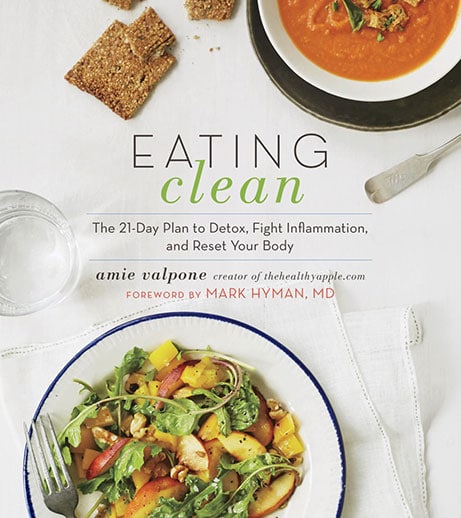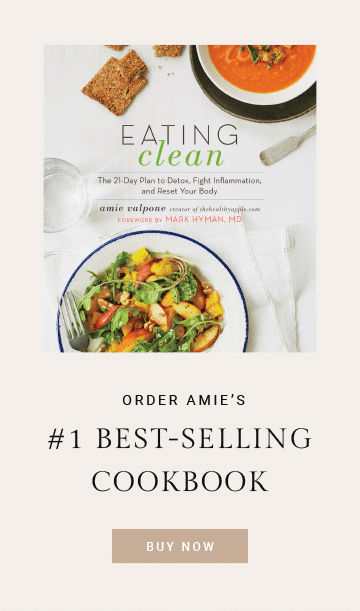
Move over pasta, hit the road potatoes! Make room for my Great Grains- they’ll not only add new flavors to your meal, but will provide you with fiber, as well.
Say good bye to boring white rice, potatoes, and pasta. Give the bye-bye to “white” starches and welcome in couscous, bulgur wheat, brown/wild rice, quinoa and barley. These grains give your side dish a unique taste and are an excellent source of iron, dietary fiber, vitamins, and protein. Each of these grains has its own distinctive flavor, making them as nutritious as they are yummy.
Bulgur Wheat
- If you’re in a time crunch and want a grain that’s quick and easy to prepare. Look no further! Bulgur wheat’s latest and greatest claim to fame is tabbouleh salad, which is a Middle Eastern veggie and wheat salad that is very popular in the US and can be found pre-made in many food stores. Bulgur wheat cooks by rehydration, meaning, pour 2 cups of boiling water or broth over dry bulgur and let stand for 45 minutes. Bulgur wheat is often used as a ground meat substitute in vegetarian cuisine. Moreover, when cooked in vegetarian chili, for instance, the bulgur texture becomes very similar to ground meat- but lends more fiber and less fat!
Wild Rice
- Wild rice is actually not a rice-it is the seed of a grass grown in Canada and Minnesota. Wild rice has a unique flavor, therefore you may want to combine it with other grains before serving it alone. Moreover, this grain is quite expensive since it is hand harvested-so in this economy you may have to stick to this grain on special occasions if you’re watching your food budget. Wild rice uses three to four times the amount of water or broth versus grain and the rice must simmer for a full 45 minutes to 1 hour before serving, however, take my advice…this wild grain is well worth the wait!
Brown Rice
- This is probably the grain you are most familiar with, however, try to substitute this brown rice for your old friend, the white rice when you can. Brown rice contains more fiber and is more nutritious. You can simply cook a batch of brown rice and store it in an airtight container in your fridge for days when you do not have time to let it cook slowly. Brown rice cooks in double the amount of water or broth and needs to summer for a full 45 minutes.

Quinoa
- Quinoa has a nutty taste and aroma that is wonderful to the palate, which explains why it is commonly used in salads, pilafs, side dishes and soups. This grain has been growing in the fields of South America for years, as the Incans called it “The Mother Grain.” This grain only needs 15 minutes to cook on the stove top with 2 cups of water for every 1 cup of quinoa.
Barley
- Barley is a mild-flavored kernel-shaped grain that’s known for adding thickness to soups and stews. This grain pairs wonderfully when added to casseroles containing winter root veggies. The two most often types used for cooking are pearled barley and hulled barley. Pearled barley is barley that has been milled and because of this, it only takes 40 minutes to cook. Hulled barley is barley who’s outer layer has been removed, this is more nutritious than pearled barley, however it takes 90 minutes to cook.

Couscous
- Yes, you’re right. Couscous is NOT a grain; it’s actually a tiny pasta made from fine semolina wheat. However, couscous is similar to a very light grain, making it ideal for those who are just starting to experiment with specialty grains. Couscous is quick and easy to prepare with 2 cups of water for every 1 cup of couscous and it’s ready in 5 minutes! Now that’s a quick fluffy bed of couscous ready for a topping of chicken, fish, or tofu.
Here are a few of my quick and easy tips for adding Grains into your day:
- For breakfast, cook brown/wild rice in 1 cup water. Sprinkle the hot cooked rice with cinnamon and nutmeg. Drizzle with agave nectar. Check out my post, What’s For Breakfast for more ideas on incorporating grains into your morning meal.
- For a meat-less chili, substitute 1 cup dry bulgur wheat for 1 pound of animal meet. Saute the bulgur with onions and peppers. Add beans, vegetables, and spices of your choice and let the chili simmer until thickened.
- Don’t be afraid to mix up your grains-combining two grains in one dish packs a powerful punch of flavor and won’t leave your taste buds disappointed. For instance, mix couscous and quinoa, or brown and wild rice. These grains complement each others flavors extremely well and add a nice touch to any dish.
- For a hearty dish that follows the “Cook once, eat Twice” philosophy, simply saute 1/2 cup mushrooms an 1/2 cup onions in 1 Tbsp. olive oil in a non-stick skillet. Add 1 cup chicken broth and bring to a boil. Stir in 1 cup of barley and reduce heat- cover and let simmer for 45 minutes. Now you have a delish side dish for dinner, leftovers for your morning porridge and just enough to mix into your hearty chicken salad with dried cranberries at lunch tomorrow.

No matter what Great Grain you try, these babies will Not disappoint! Try one of these fun, new grains tonight and experiment in your kitchen. Let me know what recipes your making and share with us your favorite ways to enjoy your grains!


















I love quinoa and couscous! I use them as I would pasta and eat them quite frequently for meals/sides!
Thanks for the great tips!